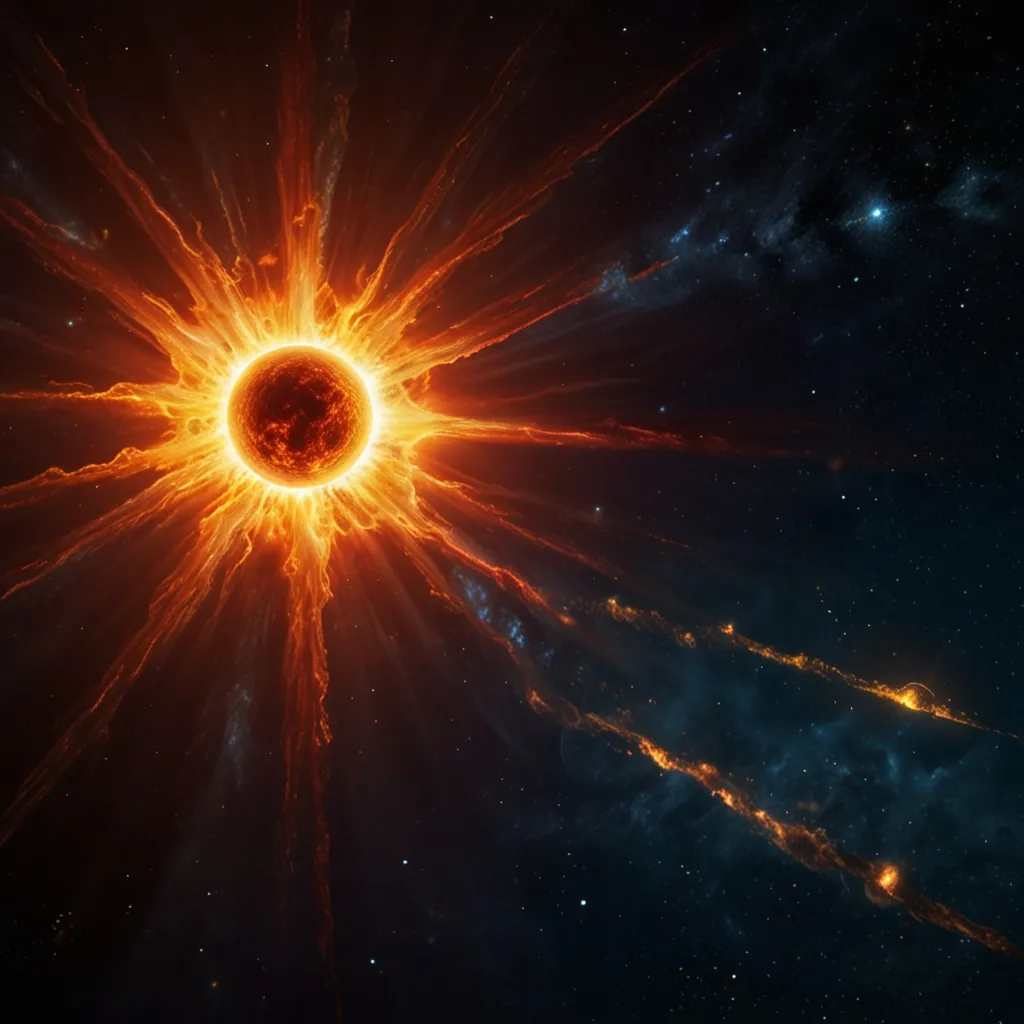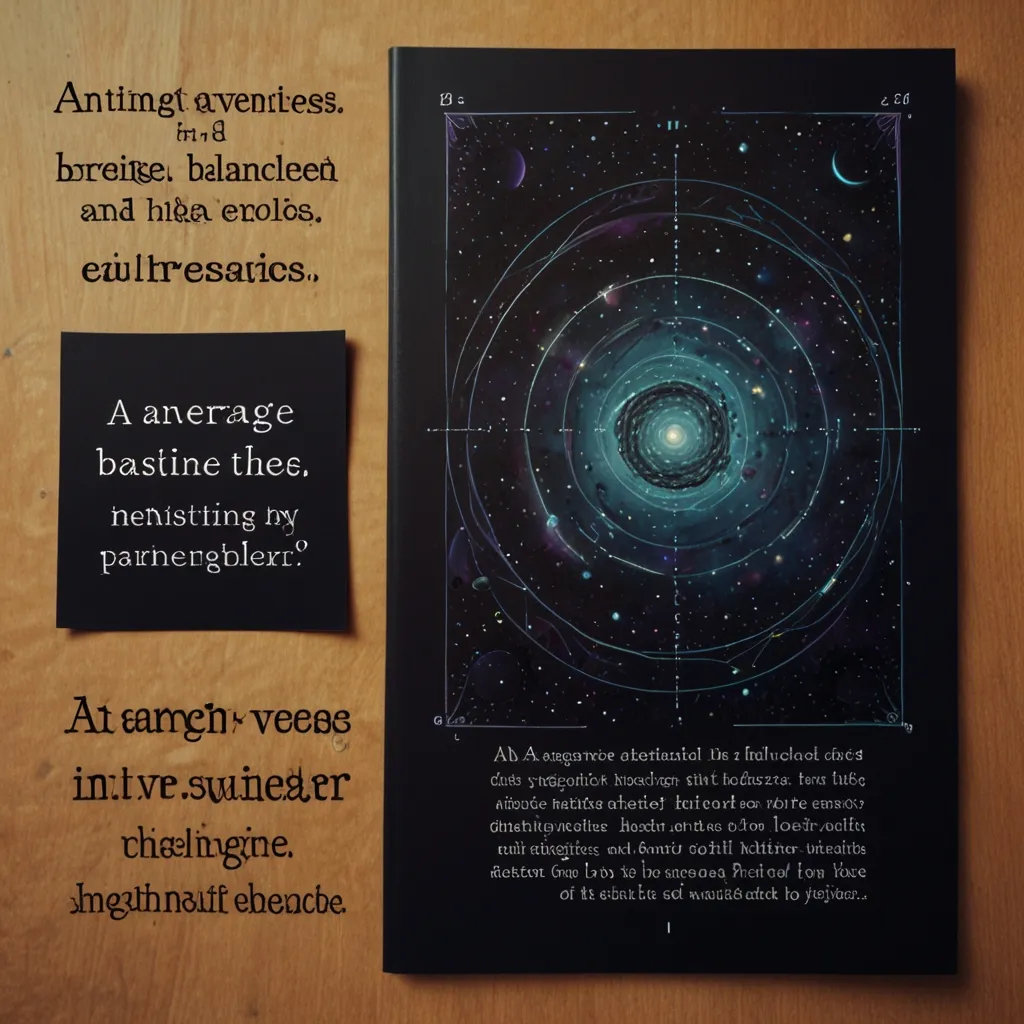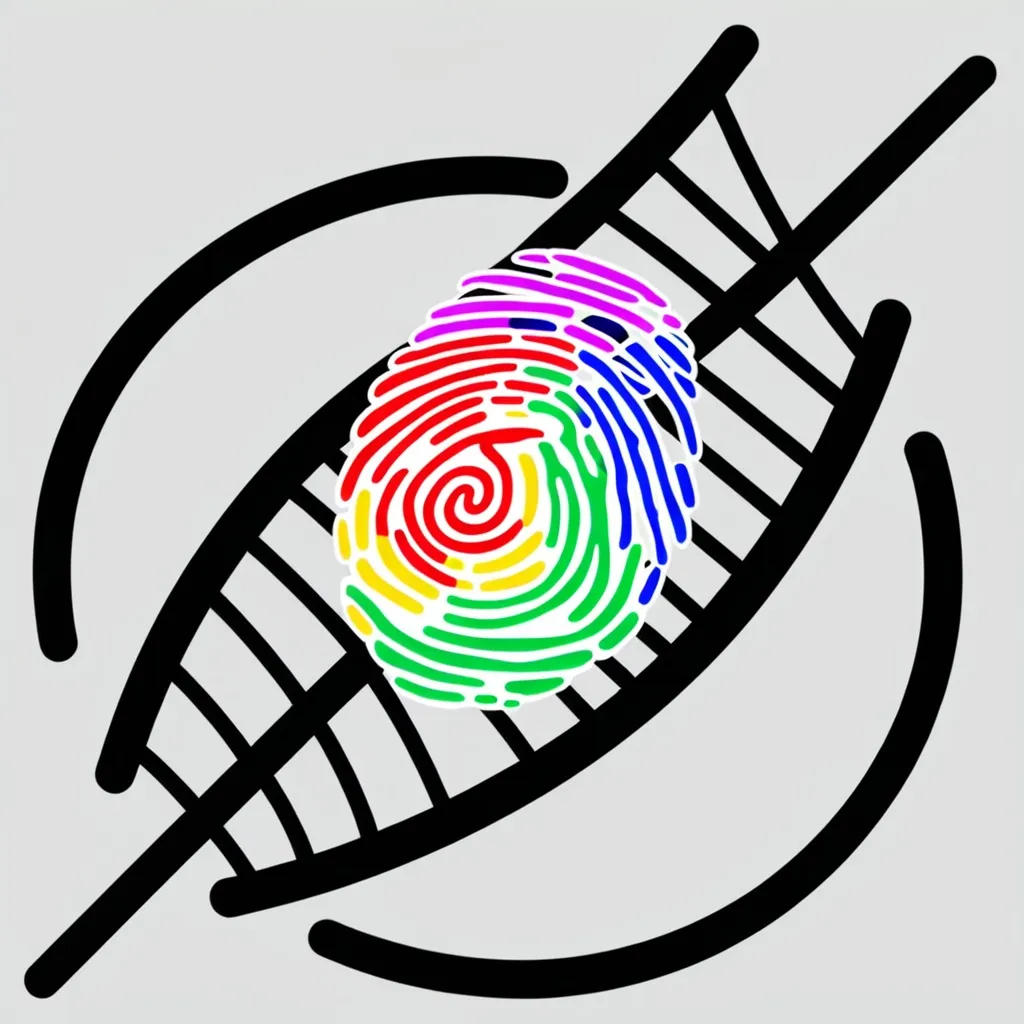Quantum mechanics stands out as one of science’s most successful theories. Its mathematical equations allow scientists to accurately predict behaviors of tiny particles such as photons and electrons. From explaining the atomic structure of elements to the cosmic structure of the universe, quantum mechanics has proven incredibly useful. Yet, a fundamental question persists: What, if anything, does quantum mechanics tell us about the true nature of reality? The microscopic world governed by quantum mechanics seems fundamentally different from our everyday experience.
In our macroscopic world, objects follow predictable paths that we can see and measure. However, in the quantum realm, particles appear fuzzy and spread out, occasionally existing in two places or states simultaneously. They also seem to affect each other instantly across any distance. These strange behaviors raise perplexing questions about the meaning of the quantum world. While many physicists agree that quantum mechanics works incredibly well, there remains no consensus on what it truly tells us about the universe.
Physicists continue to debate what the theory means. Some think quantum mechanics is just as concrete as classical physics, while others propose a multiverse where all possible outcomes exist simultaneously. Another view limits what we can actually know about reality. If an expert insists on understanding the true meaning of quantum mechanics, it’s wise to approach with caution.
Understanding quantum mechanics often starts with its math, particularly with the pivotal equation formulated by Erwin Schrödinger in the mid-1920s. His equation, inspired by Louis de Broglie’s idea that particles might behave like waves, fundamentally describes energy and uses a wave function, denoted by the Greek symbol psi (Ψ). The wave function encapsulates all information about a quantum object such as an electron or an atom. Schrödinger’s equation uses this wave function to calculate probabilities of where you might find the particle, its speed, or its energy.
One critical revelation came from German physicist Max Born. He proposed that the square of the wave function, Ψ², indicates the probability of finding a particle in a particular location, not its density. Thus, the wave function doesn’t tell us where a particle is before we measure—it only offers a probability of where we might find it upon measurement.
This idea is central to what makes quantum mechanics so peculiar. Classical physics allows predictability and certainty about the location and velocity of objects. In contrast, quantum mechanics tells us that particles have a range of probable locations until we measure them. The uncertainty and probability-based nature of quantum mechanics sets it apart.
Consider the famous double-slit experiment, which reveals the wave-particle duality of light and matter. Firing particles like photons or electrons through two slits creates an interference pattern typically associated with waves. This suggests that individual particles pass through both slits simultaneously as wave-like entities, but they appear as particles when measured on the screen.
This leads to the wave function collapse problem: while the wave function describes probabilities, the act of measurement forces the wave function to collapse, producing definite outcomes. Some physicists have tried to turn this collapse into a physical process to make sense of the quantum world.
Different interpretations of quantum mechanics exist to address this paradox. For instance, the many-worlds interpretation suggests that every possible outcome of a quantum measurement actually occurs, but in separate, non-interacting parallel universes. This view eliminates the need for wave function collapse by positing that all possible outcomes of quantum measurements are equally real, but we can only observe one in our universe.
Despite the diverse interpretations, there is no consensus on which, if any, is correct. Quantum mechanics, while mathematically robust and experimentally validated, raises more questions about the fundamental nature of reality than it answers. It challenges our understanding of a deterministic, observer-independent universe, suggesting a world that’s deeply interconnected with our methods of observation.
Hence, the ongoing debate about the true meaning of quantum mechanics isn’t just a scientific pursuit but also a philosophical maze. While its predictions remain accurate and useful, understanding what quantum mechanics truly tells us about reality remains one of the most intriguing and unresolved puzzles in modern science.






